The motto of the Depression Era was "making do" while making sure nothing was wasted and everything was re-used or recycled. This sparked families to get incredibly creative with how they handled meals, clothing, and rationed water and utilities. One of the most interesting innovations came when women began using cotton flour sacks to make dresses and shirts for their children. This trend quickly caught on and once the flour companies got word of this, they chipped in by beginning to print patterns on their bags -- and even adding color!
The following photos tell the story about how everyone truly played their part during this era. This is the story of Great Depression Sack Dresses...
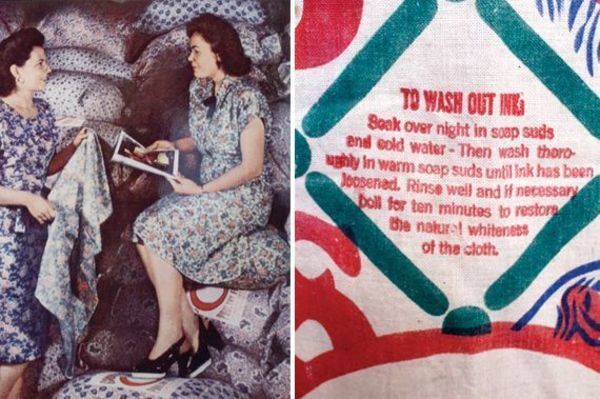
This early 1940s photo on the left shows two women showing off their hand-made dresses while standing next to a shipment of colored and patterned bags. The photo on the right shows the instructions that were printed on many of the bags, many of which came with ink that could be dulled or washed out completely.
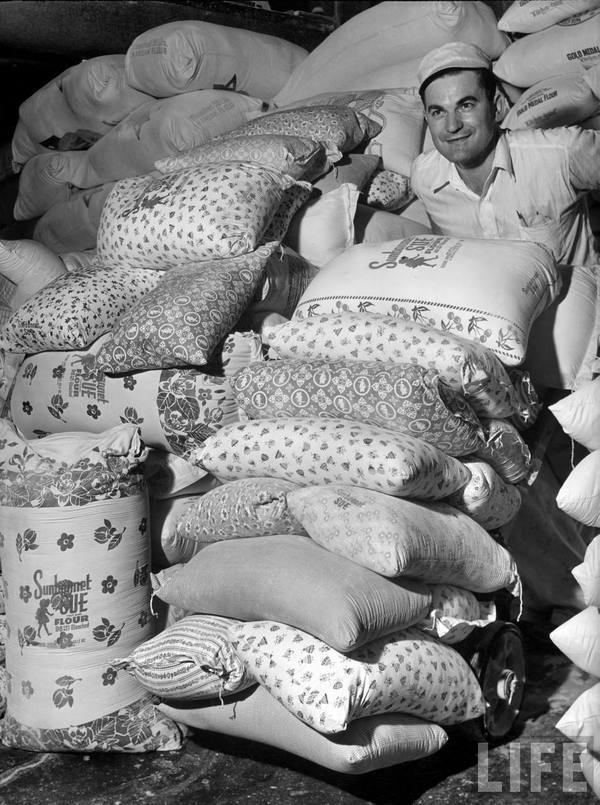
This Time LIFE photo shows a warehouse worker packing up some of the patterned bags for delivery.
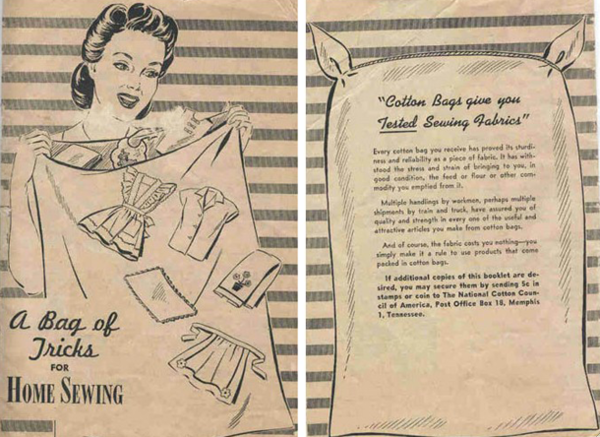
Given how widespread this became, national publications began to print instructions for how to produce different items.
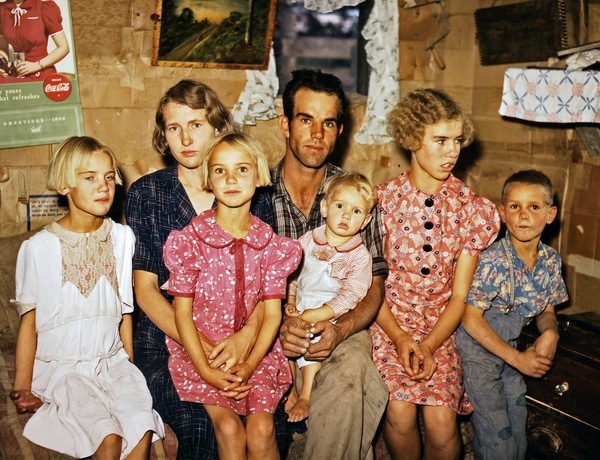
This 1940 photo of a family shows some of the flour sack clothes up close and in full color. Many of them were quite beautiful!
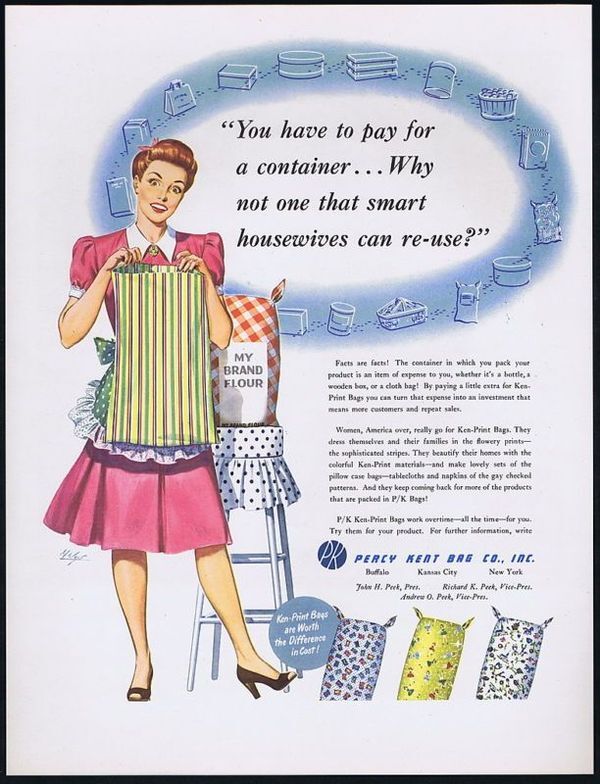
This trend continued through the WWII era as people aimed to extend their money and materials as long as possible. This ad from 1948 shows how the trend evolved. Note that it appears as though the patterned bags did begin to cost more in the late 1940s, but as this ad said, they were worth the extra cost.
Below are a few of the patterns that came from the bags:
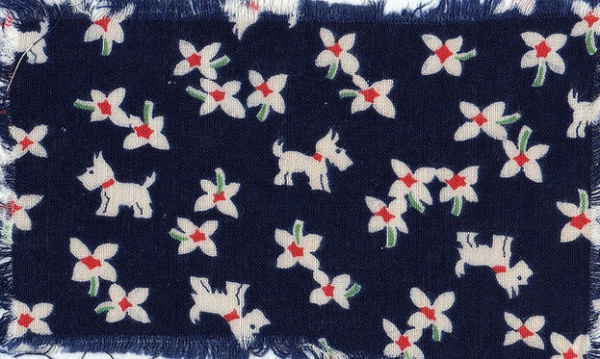

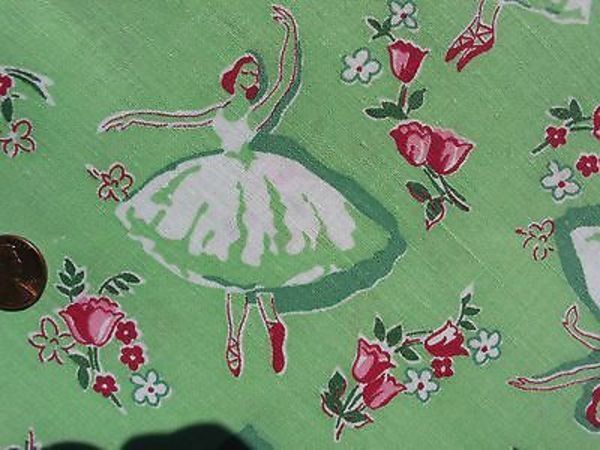
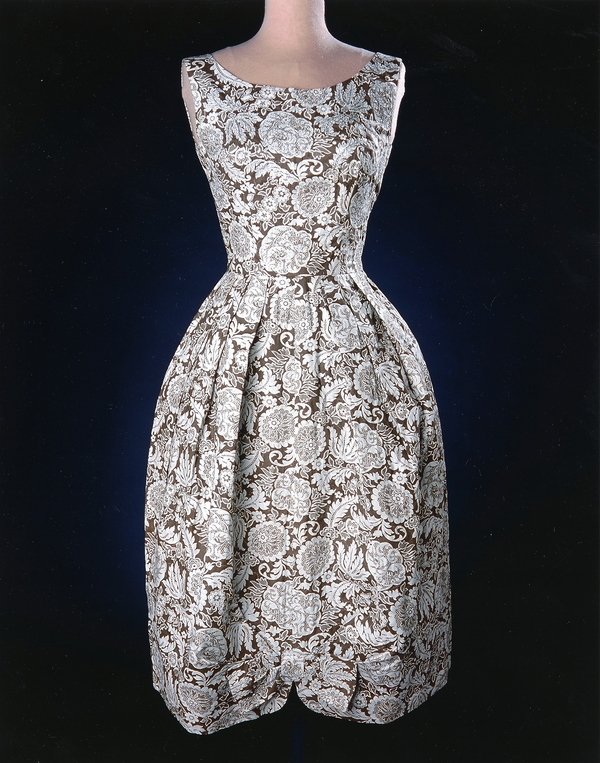
This phenomenon was so key to people in the Depression and post-war era that the Smithsonian even keeps a sack dress on display, as seen above. This dress was crafted in the 1950s as part of a bag sewing contest in Kansas.